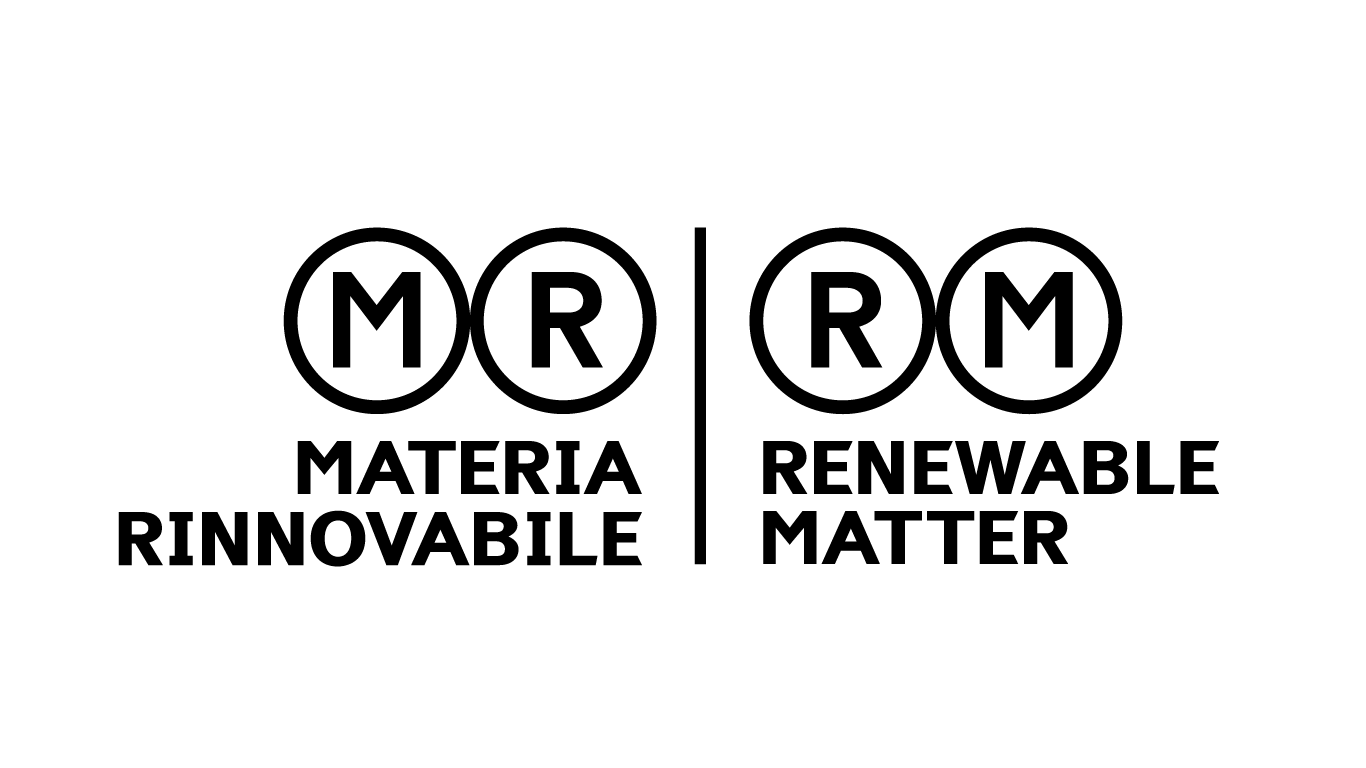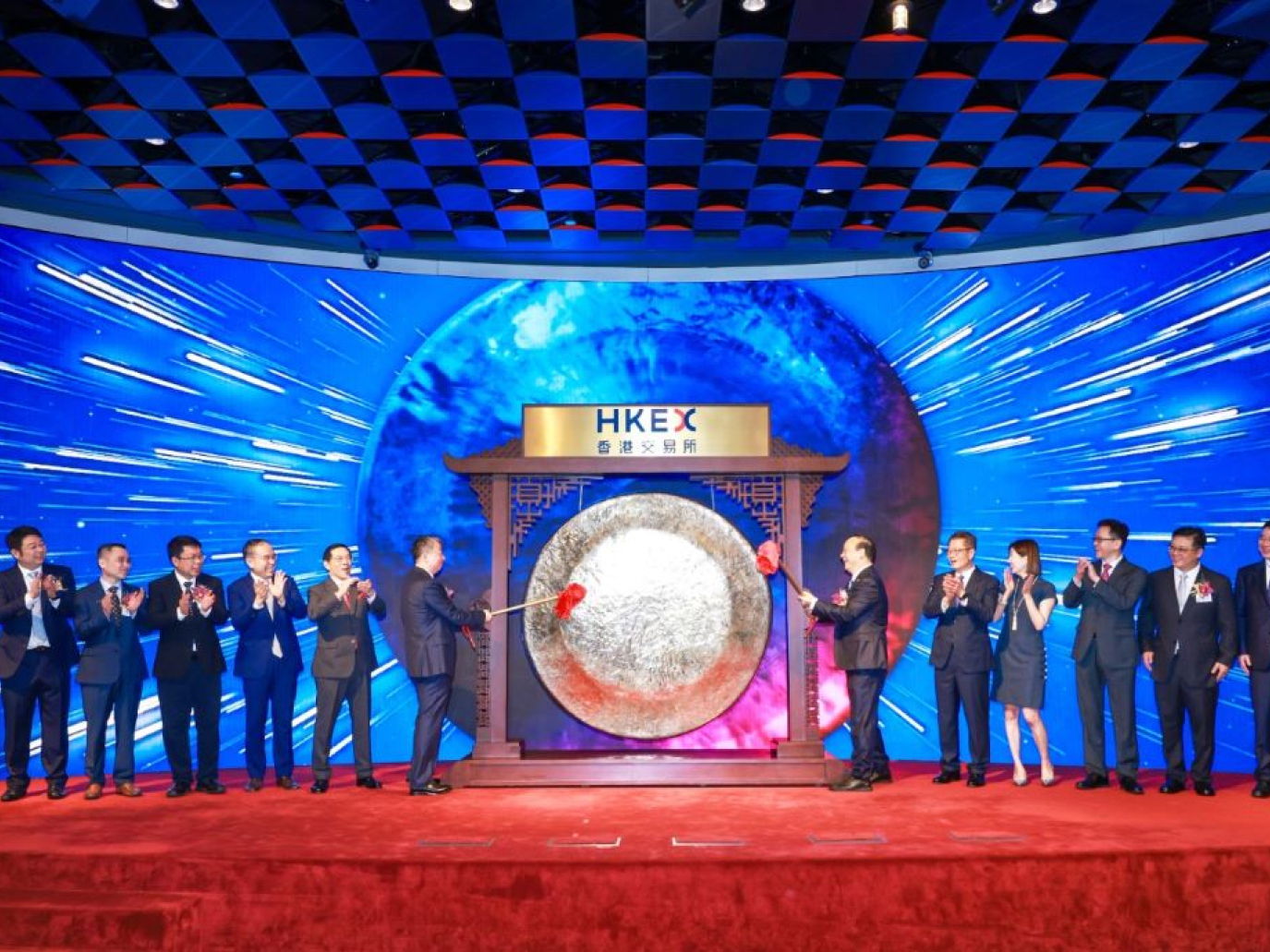This article is also available in Italian / Questo articolo è disponibile anche in italiano
On 20 May, with a well-aimed strike on the giant bronze gong of the Hong Kong Stock Exchange, Chinese billionaire Robin Zeng kicked off trading for the IPO of CATL, the world's largest lithium battery manufacturer.
In the tradition of Asia's third-largest stock exchange, the gong is reserved for the largest initial public offerings. CATL's IPO aimed to be the highest since 2021, with $5 billion. It raised $4.6 billion and ultimately Zeng “only” managed to secure the 2025 record. Nonetheless, the debut on the international stock market was superlative and it marks yet another milestone for the unstoppable clean-tech sector of the People's Republic of China.
While in Europe (and worldwide) the rise of the Chinese electric car is synonymous with BYD, it is CATL that effectively calls the tune on the international EV sector, since it accounts for almost 38% of the global battery market. As proof of its dominant position, Robin Zeng ranks fifth in Forbes' list of Chinese super-billionaires, far richer than BYD CEO Wang Chuanfu (ninth) and even richer than the more renowned Jack Ma (eighth).
Yet, at least in our Western eyes, CATL is another of those Chinese giants that seem to have appeared out of nowhere. So where does the success of the world's largest battery company come from?
Robin Zeng and the climb to the global battery market
Robin Zeng (Zeng Yuqun) is a former naval engineer born in 1968 in a rural village in Fujian province. After graduating with a master's degree in electronic engineering and obtaining a PhD in physics, he worked for some years in a state-owned shipbuilding company. Too intelligent and ambitious to settle for the secure but boring “iron rice bowl” (tiě fànwǎn), he moved to Dongguan, in the Guangdong technology district, near Shenzhen and Hong Kong. It was in Hong Kong, then recently “returned” to China, that in 1999 he founded ATL (Amperex Technology Limited) to embark on the production of lithium batteries, mainly for mobile phones and portable devices.
ATL marked China's entry into the global lithium battery market, until then dominated by Japan with a 90% of the market share. It was perfect timing: two years later, in 2001, China's admission to the WTO gave a impressive boost to the company's international expansion. After the acquisition by the Japanese company TDK, Zeng continued to work as a manager at ATL for a while. In 2011, together with a group of Chinese investors including his current deputy Huang Shilin, he decided to spin off the electric vehicle battery business from ATL, creating CATL - Contemporary Amperex Technology Co. Limited.
CATL, from Ningde to the world
2011 was a turning point for the emerging electric vehicle industry: some of the world's leading car manufacturers, from Ford to Volvo and even BYD itself, launched their new electric models. At the same time, Mitsubishi's i-MiEV entered the Guinness Book of Records as the first electric car to sell more than 10,000 units.
However, preferring a low profile and perhaps in line with shy nature that seems to characterise him, Robin Zeng set up the headquarters of his new company far away from the hustle and bustle of Guangdong's technology district. As its Chinese name – Níngdé shídài – suggests, CATL found a home in Ningde. This city in south-eastern China is best known for its carp farming and because Xi Jinping was sent there “as punishment” between 1988 and 1990 to serve as secretary of the local Communist Party.
From here, CATL quietly began to build its success, riding the wave of electric vehicles on the global market and, of course, benefitting from China's near monopoly on rare earths elements. At the time, being one of the few companies outside Japan capable of producing high-tech batteries – at more competitive prices – secured CATL a partnership with BMW that is still ongoing. BMW was just entering the electric vehicles market, but in Germany, as in the rest of Europe, there were no battery manufacturers. Through a joint venture with Chinese company Brilliance, launched back in 2003, the German carmaker started a hybrid car production line in China in 2012. CATL immediately became its official battery supplier.
At that point, CATL's rise became unstoppable: many other car manufacturers (Ford, Volkswagen, Tesla, Honda, Stellantis, not to mention all those in China) were included into its customer portfolio. In 2017, after just five years, the Ningde-based company surpassed the Japanese company Panasonic and became the world's largest lithium battery manufacturer. However, this sensational rise still was not enough for Europe to take notice of CATL.
CATL in Europe
The acronym CATL began making its way in the European specialized press in 2018, when the Chinese company announced the construction of a battery gigafactory in Arnstadt, Germany. The decision came on the heels of commercial agreements with major German automakers (including BMW, Volkswagen and Mercedes-Benz), who had finally committed to invest in the electric vehicle sector.
Officially opened in January 2023, the Arnstadt plant was the first EV battery gigafactory in Europe. It could not remain the only one, and in fact CATL built another one in Debrecen, Hungary, where Zeng has just announced that he will invest another $7 billion (partly raised through the Hong Kong IPO) in a new plant. Meanwhile, in December 2024, a joint venture with Stellantis was announced to build CATL's fourth European gigafactory in Zaragoza, Spain.
In the meantime, in recent years Zeng has created a sort of “insurance” for global supply chains of critical raw materials. He acquired stakes in several mining projects in the major exporters of minerals essential for batteries: lithium in Australia, nickel in Indonesia, and cobalt in the Democratic Republic of Congo.
An unassailable supremacy?
In short, CATL has no intention of relinquishing the position of clear supremacy it has achieved, which is now worth 38% of the global market.
This is confirmed to Renewable Matter by one of the most authoritative observers of the Chinese automotive world, Tu Le, director of Sino Auto Insights. “CATL become the largest battery manufacturer in the world. This gives them scale and the lowest cost base in the world,’ he writes in an email. “They supply most Chinese EV makers as well as most legacy automakers (around 50, ed.). It built trust across almost the entire sector, something that most other suppliers are not able to garner. This trust borders on reliance, which is actually one of the negatives”.
According to Le, the only brand that could compete with the Ningde giant is BYD, which today holds almost 17% of the market. But “Most companies will need to leapfrog CATL on the innovation and technology side if they want to be able to compete with it in the future”. This is no easy task, because Zeng has achieved his hegemony thanks in part to investments in technological research.
Last April, for example, it announced its latest innovation: the Shenxing battery, which can travel 520 kilometres on just five minutes of charging and can go from zero to 80% capacity in just 15 minutes. This is a blow to competitor BYD, which only a month earlier had unveiled its new super-fast charging system, whose 400 kilometres of range in five minutes of charging now pale in comparison.
Recently, in addition to traditional lithium-ion batteries, the Ningde-based company has been investing in research into sodium-ion batteries, a new frontier in energy storage that promises lower prices and fewer raw material supply issues. In April, CATL unveiled its new brand, Naxtra, which plans to produce sodium batteries on an industrial scale by the end of 2025.
To sum up: supply chains are secure, R&D is beating all the most promising trends, the Chinese market is already taken, and expansion is underway in Europe. The only stumbling block for CATL could now be US tariffs. Incidentally, in January 2025 the US government also added the company to a blacklist of companies linked to the Chinese military. “For now, the impact has not been significant,” writes Tu Le writes, “The challenge is in trying to find continued growth, that is where being shut out of the US market could create challenges for it.”
Cover: CATL



